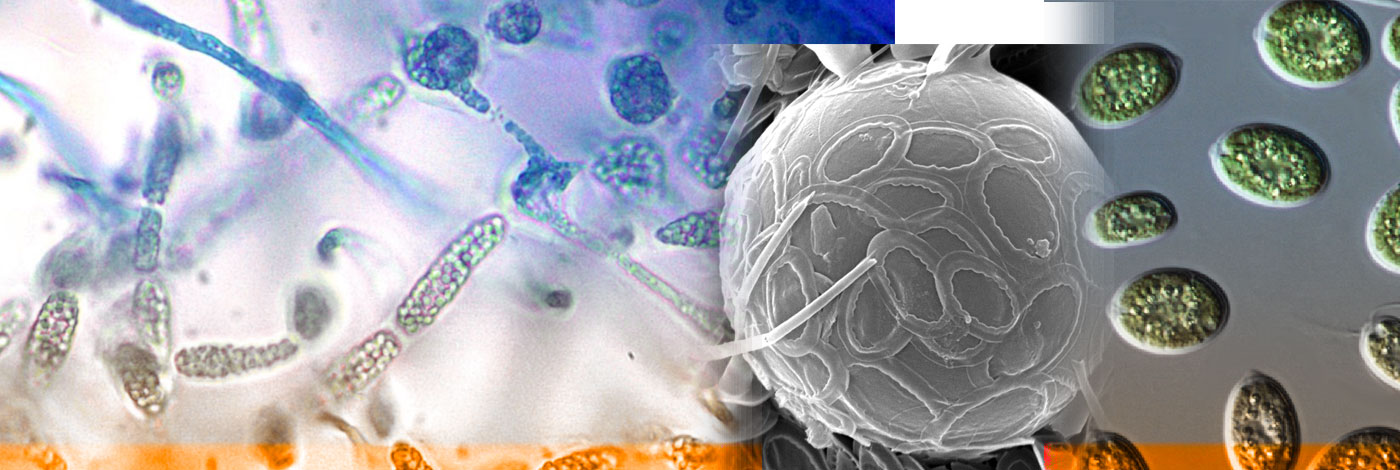

 Cryptogamie, Algologie
36 (1) - Pages 81-100
Cryptogamie, Algologie
36 (1) - Pages 81-100Cyanobacteria of the genus Nostoc and green algae in the Chlorophyceae are widespread in nature and may occur in symbiotic associations with lichen-forming ascomycetes or as free-living cyanobacteria. Recent findings for some groups of lichens suggest that special lichen-forming photobiont lineages may exist independent of the free-living lineages, but few comparisons on photobiont growth, pigment, and polysaccharide production have been made. The goal of this study was to isolate photobionts, confirm their identity, and characterize their growth, pigment and polysaccharide production relative to free-living lineages. Algal growth, pigment contents, and polysaccharide concentration was measured using standard methods. The identification of Nostoc species was determined using transfer RNA for Leucine (trnL) nucleotide sequences and green algae using the internal transcribed spacer 1 of ribosomal DNA (ITS rDNA) sequences. An additional heptanucleotide repeat was present in the trnL gene of the Nostoc strain that associates with Leptogium rivulare. The biomass of pigment and polysaccharide production was highest in the lichenized Diplosphaera chodatii but the specific growth rate was highest in the free-living green alga, Chlorella vulgaris. The specific growth of the free-living Nostoc was higher than the lichenized Nostoc but pigment production was similar and polysaccharide production was lower than some of the lichenized Nostoc isolates. It was further hypothesized that the rates of growth, polysaccharide and pigment production may be key factors in compatibility of lichen algae with the fungus.